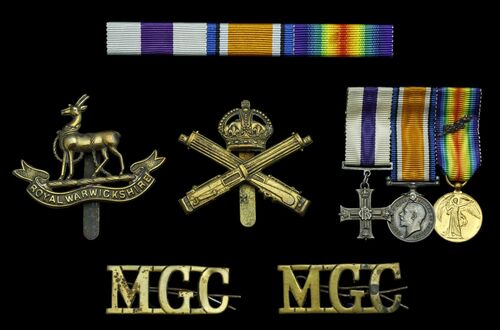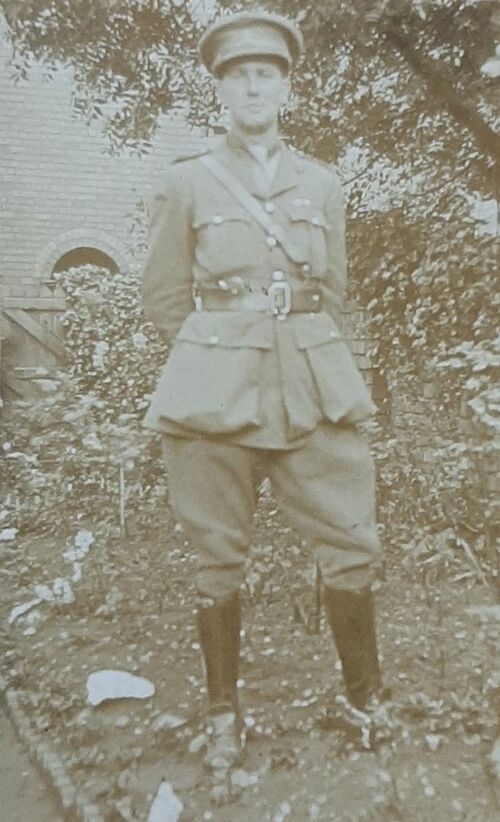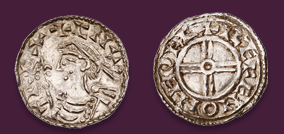Auction: 24111 - Orders, Decorations and Medals - e-Auction
Lot: 980
(x) The mounted dress miniatures worn by Lieutenant A. F. Gadsby, Machine Gun Corps
Military Cross, G.V.R.; British War and Victory Medals, mounted as worn, sold together with original short service attestation, chartered accountants' certificate and photograph, good very fine (3)
M.C. London Gazette 18 February 1918, the original citation states:
'For conspicuous gallantry and devotion to duty. He was in command of a subsection of machine guns in a strong point, and held his position against an enemy attack under heavy fire and inflicted heavy casualties on the enemy. When both his guns were put out of action, he salved two guns whose crews had become casualties and took command of two other crews which were without an officer. He got all four guns into action with the greatest success and held his position until relieved. He showed splendid courage and determination.'
Archibald Frederick Gadsby was born at Birmingham in 1894, the son of Frederick Gadsby of Sparkhill, Warwickshire. Enlisting with the Royal Warwickshire Regiment on 26 January 1916 at Warwick he was posted to the 7th Battalion and transferred to the Machine Gun Corps Officer Cadet Battalion on 27 April 1917.
Commissioned 2nd Lieutenant on 26 September he entered the war in France on 3 November 1917. Ordered to 88 Company Gadsby joined them on 10 November and fought alongside them for the rest of the war. He went into action almost immediately as the company was engaged in the Battle of Cambrai, it was here in his first month of command that Gadsby was to win the M.C. The Battalion war diary notes that the unit was serving attached to a Battalion of the Essex Regiment at the time and Gadsby's section in particular was with 'W' Company guarding the Masnières bridge which had been partially collapsed by a tank.
There was heavy fighting over the Bridge as it could still be traversed by infantry and as such the section found itself under constant attack by machine guns and snipers from nearby buildings. Having successfully held the line the unit was able to withdraw to the Divisional Reserve at Marcoing however they came under heavy attack there on 30 November. It was here that Gadsby performed his heroics, manging to effectively keep as many guns as possible in play for the duration of the attack and no doubt playing a major role in repelling it.
Continuing to serve after the war he was demobilised on 20 February 1919. He died on 27 December 1971 and was cremated at Weston-super-Mare; sold together with a full-sized riband bar and cap badges for both the Machine Gun Corps and Royal Warwickshire Regiment as well as copied research including census data, service papers and London Gazette extracts
Subject to 5% tax on Hammer Price in addition to 20% VAT on Buyer’s Premium.
Sold for
£80
Starting price
£70







